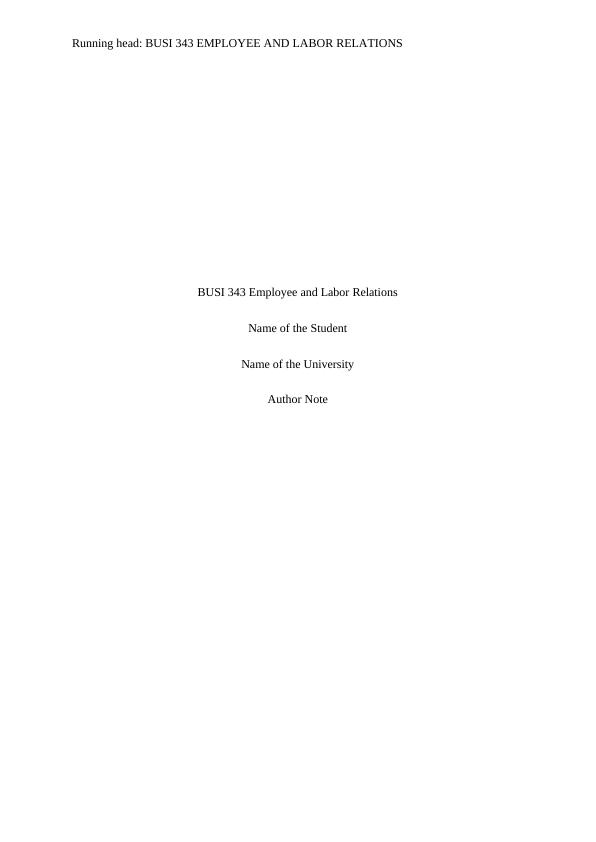The Unforgivable Fire at Triangle Factory: Was the Lesson Learnt?
Compare and contrast the working conditions, wages, people groups, locations of sweatshops in the 21st century and discuss whether they are a problem and what should be done.
4 Pages665 Words155 Views
Added on 2022-11-25
About This Document
The fire that broke out in New York’s Triangle Waist Company in 1911 continues to serve as a harrowing testimony to the inhuman conditions that poor and struggling industrial workers had to thrive in. This article explores the current state of employee and labor relations, highlighting the need for strict ethical standards and improved working conditions in sweatshops.
The Unforgivable Fire at Triangle Factory: Was the Lesson Learnt?
Compare and contrast the working conditions, wages, people groups, locations of sweatshops in the 21st century and discuss whether they are a problem and what should be done.
Added on 2022-11-25
ShareRelated Documents
End of preview
Want to access all the pages? Upload your documents or become a member.


